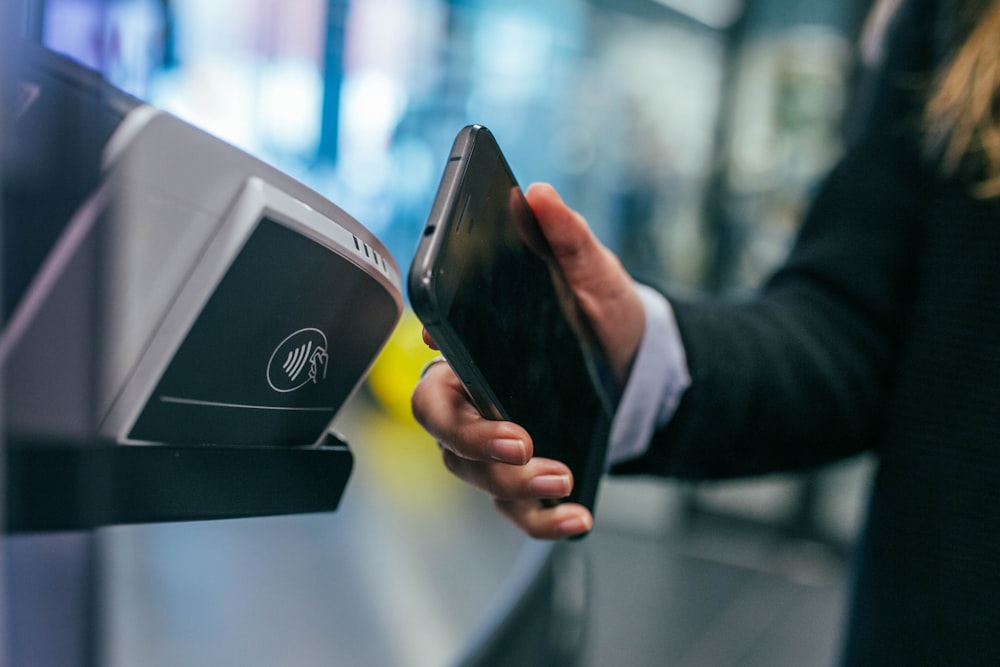Small and medium-sized enterprises (SMEs), which includes startups, are the lifeblood of the economy. By the latest estimates, they make up roughly 90% of the businesses operating in the region today and employ the most number of people. So, why then do we often start businesses or work for companies that do not cater to this category.
The answer is relatively simple. Selling to SMEs is hard because they are a difficult segment to market to and engage.
The truth is that most businesses are not million dollar companies and barely make enough revenue to scrape by but still are a viable market. What they lack in depth, they more than make up for in terms of scale and sheer numbers.
There are multiple success stories of SME-focused business models such as HubSpot, which built its billion-dollar empire on working with SMEs. Singapore and Malaysian company SYNC has almost exclusively targeted SMEs and startups, which make up over 70% of their client portfolio.
How traditional marketing methods can still pay off
So how do you sell to this market segment? The answer isn’t simple, but it is possible to carve market share in this region.
Build great products that address real needs
SMEs and startups don’t care about the grand vision and small value-adds to service. ROI matters, so the best way to win over small businesses is building products they can’t live without.
Large companies may have budgets for purchasing products — some of which may not be mission-critical — but small businesses don’t. Operating on lean budgets, these businesses can often only buy a handful of products at a time, which means that each one needs to deliver significant (and immediate) impact.
The easiest way to create this “high need” is by probably by selling products that help customers with core services. This includes payroll services, HR or even tax services, which every company needs. Xero does a good job in penetrating the SME and startup market by making it easier to manage their finance.
Payments companies are finding a good market among SMEs, as consumers shift away from cash and cheques, so local merchants need better options for accepting credit card payments. Services like Square, GrabPay or Fave makes it easy to introduce cashless payment options at a low cost.
Build products that have large markets
When targeting SMEs, niche high-value products usually don’t work. To build a successful small business-focused software business, you also need to build products for markets with large numbers of potential customers.
Instead of focusing on a single industry or small vertical, build services that work across multiple industries and verticals. Tiering your product offering also helps by increasing the market size and allowing existing clients to scale up as they grow.
How to keep your business at the forefront of digital transformation
You may not think there’s much difference between a business with $250,000 revenue company versus $1 million revenue company, but it is a huge difference in their available budget.
Though SMEs are known for underinvesting in technology, there are positive signs of change as over 60% of SMEs in Singapore invest in digital solutions and the number is increasing for most markets in the region.

